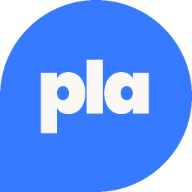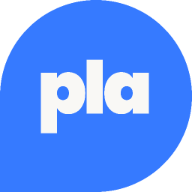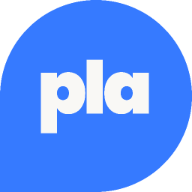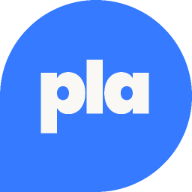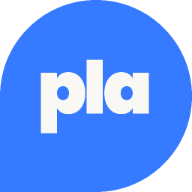Design isn’t just the way something looks. It’s how the product works, how users feel when using it, and how well it solves the right problem.
Today’s most effective designers don’t wait for requirements to be handed down. They help shape them. They challenge assumptions early, connect decisions to business outcomes, and bring strategic insight into what should be built, how, and why.
When design leads alongside a product, not after it, the work gets sharper, the roadmap gets clearer, and the team delivers more value with less waste.
This mindset of a product-minded designer is what turns collaboration into true co-leadership. Product and design drive exceptional outcomes together, combining strategic direction with user insight to guide decisions that matter.
What makes a product-minded designer
A product-minded designer focuses on more than flow polish or style guides. The focus shifts to asking:
- ‘What user problem are we really solving here?’
- ‘How will we know if this actually worked?’
- ‘Is this the best use of the team’s effort?’
This kind of thinking goes beyond the UI screens. It connects directly to business goals, user outcomes, delivery constraints, and long-term product direction.
The best part? When the product manager and the designer align at this level, everyone’s job gets easier. Decisions get clearer. Less translation is needed. More gets built, and more of it works just the way your users need it to work.
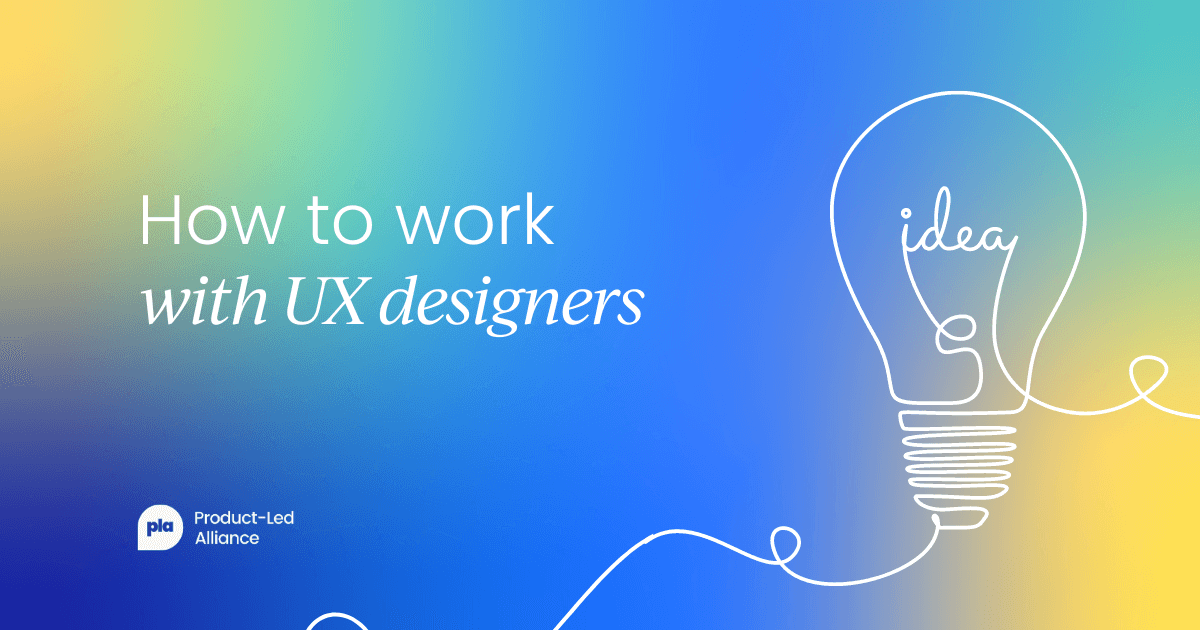
Partnering with the designer to drive product outcomes
High-performing product teams embed designers from the start, not just as visual contributors but as strategic partners who shape product direction, surface behavioral insights, and ensure the solution truly fits the user's needs.
This isn’t a rare shift, it reflects how design-mature companies now operate, treating design as a core driver of product development.
Step back and find the real problem
This is the kind of shift that happens when we treat design as a way to surface and solve the right problems, not just implement features.
When a designer is invited in early, they can help expose misaligned assumptions, highlight overlooked opportunities, and prevent the team from running with premature solutions.
When a product manager and designer work closely from the start, the conversation shifts from ‘what do we build?’ to ‘what problem are we solving, and why now?’
Instead of handing off specs or visuals, the PM brings strategic context – goals, constraints, timelines – while the designer brings user behavior, emotional friction, and system clarity. That shared lens leads to clearer hypotheses, more relevant solutions, and fewer wasted cycles.
From my experience at inDrive, I’ve seen how clearly defining success can sharpen the entire process. In one case, I was able to reduce the design backlog, not by pushing back on scope, but by understanding the real goal behind a stakeholder’s request.
Once I clarified the outcome, I avoided unnecessary functionality and helped the entire team focus only on what would actually deliver value.
In another example, at Airbnb, designers noticed that hosts were sending over 1.5 million photo messages each week to guide guests through property check-ins. This wasn’t a content problem, it was a sign that the check-in experience itself was broken.
Rather than patching messaging tools, Airbnb’s design team reframed the problem: guests need structured, visual, location-specific guidance built into the product. The result was Check-In Guides — in-app instructions with annotated photos, offline access, and automated translations.
It removed the guesswork for guests and saved hosts hours of repetitive back-and-forth.
Each case shows that the initial request, whether it’s UI polish, a visual update, or a reactive feature, is often just a surface symptom. By stepping back and asking the right questions, product and design together can uncover the real challenge and ship solutions that actually move the needle.
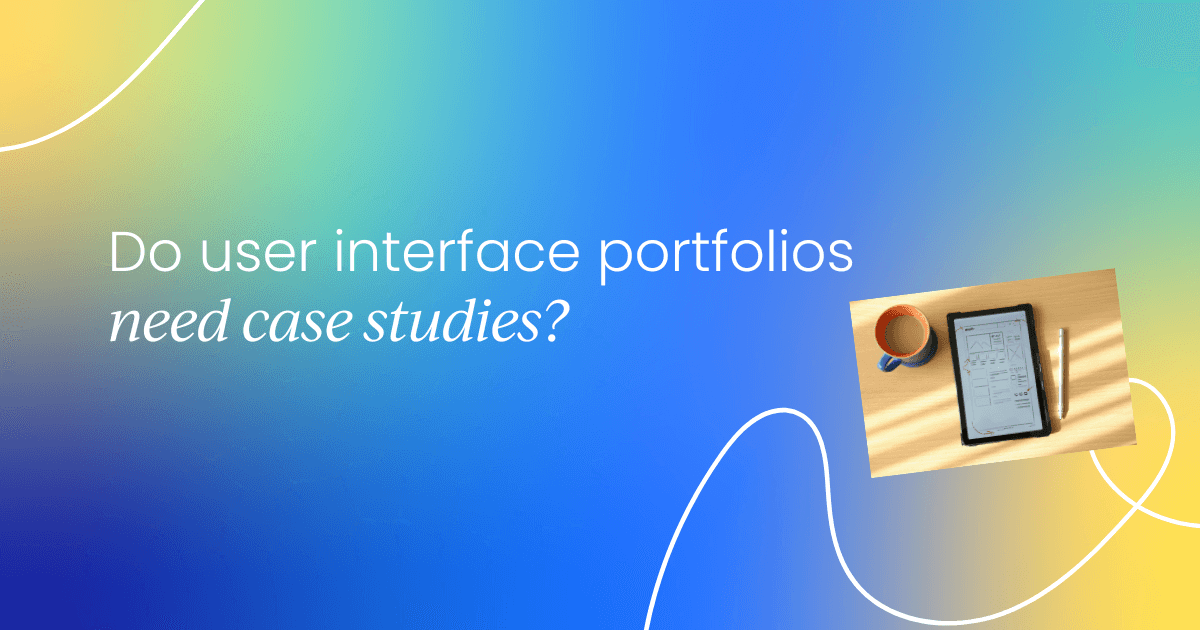
Design should influence what gets prioritized
Design doesn’t just shape how something works, it helps clarify what’s worth building in the first place.
When designers are involved early, they can spot friction, question assumptions, and bring forward insights that shift priorities before time is wasted.
At Raiffeisen Bank, a fintech company, I led the redesign of the app’s main screen and navigation. One issue we uncovered was how account information was structured. Users had to scroll through a long, continuous list of accounts, which made it difficult to find what they needed, especially for those managing multiple accounts.
Through user research, we identified what people actually expected: quicker access to frequently used accounts and a layout that mirrored how they organized their finances on the web.
Based on those insights, we redesigned the structure to reduce friction, improve clarity, and better align with user behavior. This shift not only improved usability but also helped inform broader product priorities across the app.
In another example, Spotify’s Personalization Design team applied early design thinking to features like Home, Search, Discover Weekly, Blend, and AI-powered experiences.
Their approach was grounded in what they call ‘tech empathy’, designing with both technological possibilities and emotional user context in mind. Rather than focusing solely on functionality, they considered how people interact with the app in real life, such as glancing quickly at their phones while commuting or working.
By shaping the experience around those behaviors, the team helped ensure that what got built felt intuitive, personal, and genuinely useful. That blend of user insight and technical alignment helped prioritize features that moved both engagement and product strategy forward.
This kind of early design insight doesn’t just improve what gets built. It often redefines what’s worth building in the first place. The result isn’t just better execution; it’s smarter prioritization, clearer product direction, and features that create real value for both users and the business.
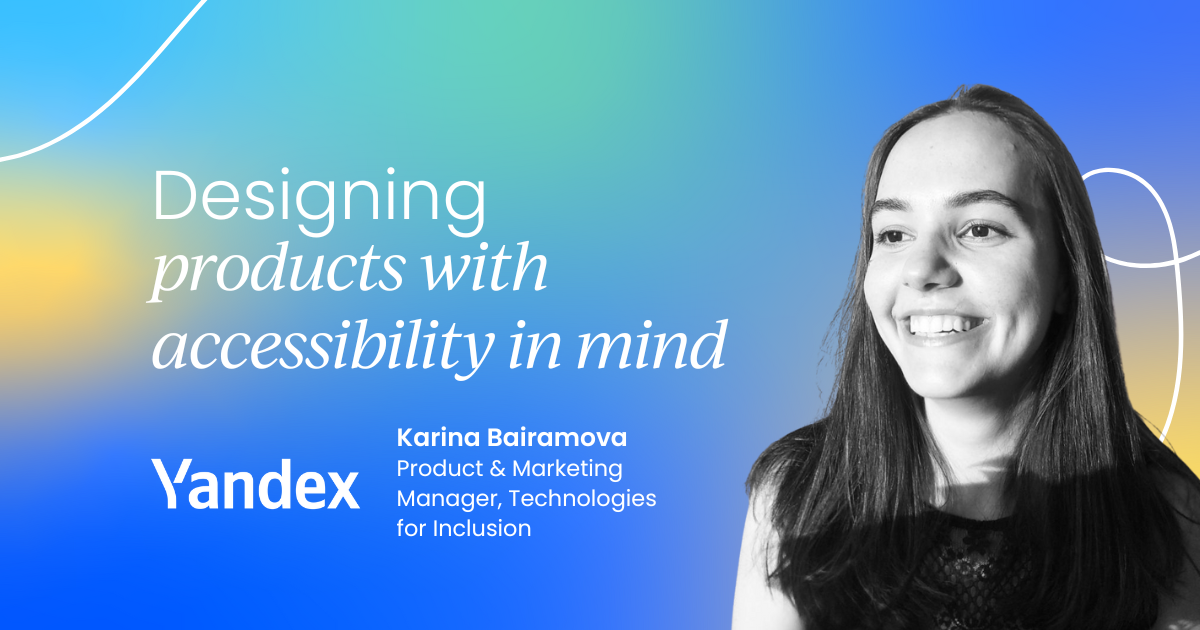
Define what success looks like together
A product-minded designer wants to know what success looks like, and that goes far beyond visuals. It starts with clarity: What are we trying to improve, and how will we know it worked?
Vague goals lead to vague results.
If the focus is rolling out a new financial feature across markets, define what success looks like from the start – for example, driving a 5% increase in adoption within the first six weeks.
With that clarity, design becomes more than visual refinement.
A designer can work closely with product, engineering, and data teams to shape the right experiments, validate assumptions through research, and adapt flows to local behaviors. That collaboration helps ensure the team isn’t just shipping a feature, it’s delivering something people actually use.
In my own work, I often review product metrics independently to better understand what’s actually happening, not just what’s being reported.
During one Fake Door Testing, I wasn’t just focused on conversion. I asked a deeper question: What will we do if the conversion is high, and what if it’s not? To validate whether user interest was real, I proposed adding a second screen asking for supporting documents.
That small change helped reveal whether users were serious about the offer and gave stakeholders a clearer signal for scoping the feature. As a result, the team planned the feature differently, with functionality designed to better reflect real user intent.
When designers work this way – proactively, with outcomes in mind – it sharpens decision-making and removes waste. And there’s evidence to back it. According to McKinsey research, companies that embed design deeply into their strategy outperform peers by 32% in revenue growth and 56% in total shareholder return.

Bring a designer into trade-offs early
When constraints only surface during sprint planning, design becomes reactive. But when designers are involved early during discovery or solution shaping, those same constraints become a creative advantage.
At inDrive, I was asked to design a top-up flow for a new payment provider. But early in the process, I realized that creating a separate flow would increase complexity long-term for users, operations, and engineering.
Instead of designing in isolation, I brought the team into a broader discussion: What if we could use this opportunity to unify the top-up experience across providers?
By working with product and engineering upfront, I was able to consolidate what had been fragmented flows into a single, adaptable design. This not only reduced maintenance but also allowed the team to start monetizing new countries faster, all within just two sprints.
This is what happens when design is positioned as a partner in planning, not just execution. You get better-scoped features, less churn, and a clearer sense of trade-offs that matter.
As noted in UX Planet, early-stage design constraints often lead to more effective solutions, not fewer. Working within limits forces clarity and unlocks new approaches that might not have emerged without them.
Bringing designers into trade-off conversations early doesn’t slow teams down. It’s how smart decisions get made faster.
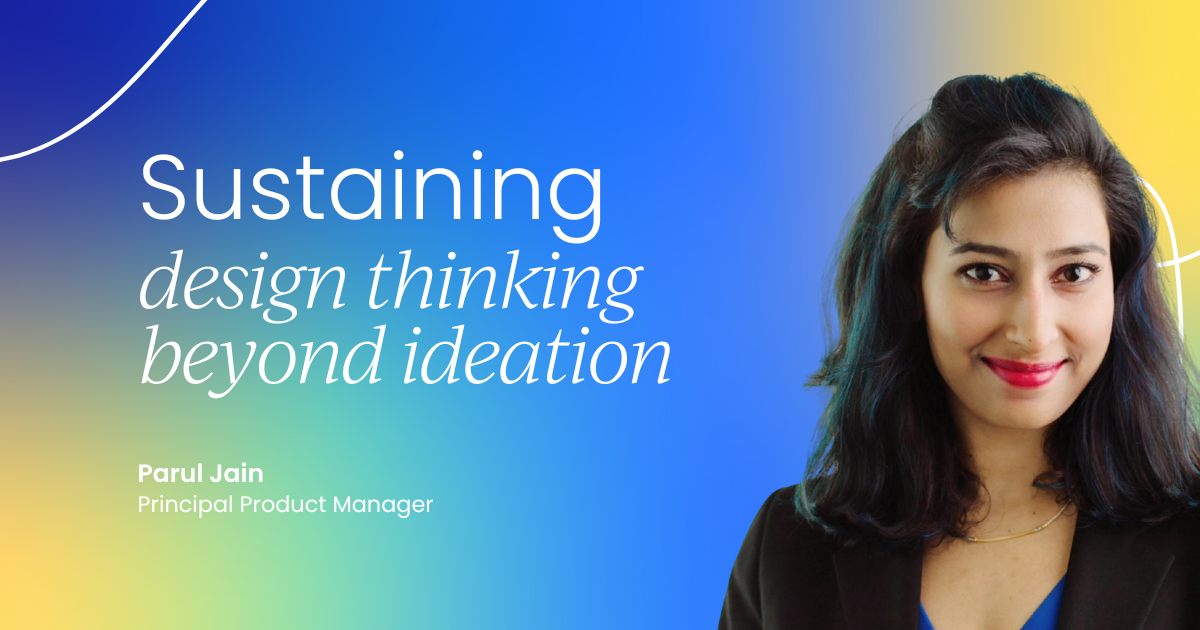
How to support this kind of partnership
If a designer is already thinking like a product owner, protect that. If this mindset is only just emerging, encourage it.
- Involve designers early during discovery, scoping, and prioritization.
- Share goals, metrics, and business context openly.
- Ask what patterns or concerns are surfacing from a design perspective.
- Be transparent about technical constraints and delivery limits.
- Treat product decisions and design decisions as equally strategic.
- Create space for design leadership in reviews, planning sessions, and key discussions, not just in delivery.
- Recognize impact when design drives outcomes, not just polish.
The more the designer is treated like a strategic partner, the more they behave like one.
Final thoughts
Thinking like a product owner doesn’t mean stepping away from design. It means elevating its impact. When designers and PMs co-lead from the start, they unlock smarter decisions, tighter alignment, and more meaningful impact.
If you want your team to move faster, build better, and waste less, bring design upstream. Trust it with strategy. Empower it with ownership.
Because when design leads with the PM, not after them, the whole product thrives.




 Follow us on LinkedIn
Follow us on LinkedIn